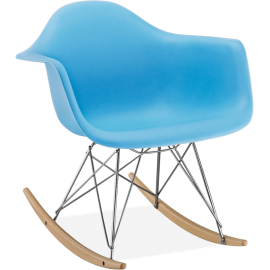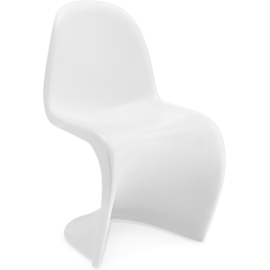Categories
Cart
Account
Search
Recent View
Go to Top
All Categories
×
Shopping Cart
×
Your shopping cart is empty!
Search
×
Recent View Products
×
Has no content to show !
Sidebar
Grid View:
Rocking RAR Arm Chair BLUE
€131.46
The RAR rocking chair is one of the most famous choices for dining chairs.The RAR chair possesses aesthetic integrity, enduring charm, and comfort - as the original design which was voted the best design of the 20th century. The waterfall edge of the seat, flexible back and deep seat pocket of this classy chair allows you to read your favorite ..
Panton Chair White
€255.90
The Panton Chair (Danish: Pantonstolen) is an S-shaped plastic chair created by the Danish designer Verner Panton in the 1960s. The world's first moulded plastic chair, it is considered to be one of the masterpieces of Danish design. The chair was included in the 2006 Danish Culture Canon...






